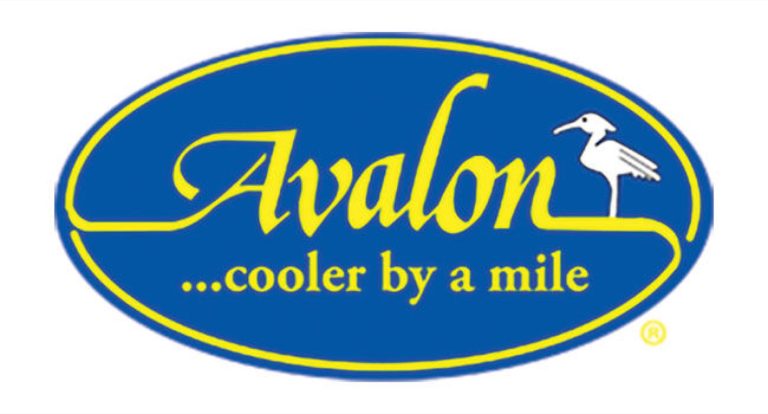The Avalon Borough Council has formally accepted a check for $4,690 from a Stone Harbor developer and from a homeowner, allowing a completed two-home development in Stone Harbor to avoid a public access walkway between the homes.
The newly built homes at 10511 and 10521 Sunset Drive are on a parcel that was once a single lot that was subdivided in September 2022. According to Jeanetta Dix, director of environmental services for Act Engineering, the developer’s engineer, the homes were built with all appropriate Stone Harbor permits.
Dix said both Act Engineering and the Stone Harbor Construction Office believed that the project did not require a general Coastal Area Facility Review Act permit from the state. Instead, she said, the assumption was that the property qualified for a “permit by rule,” under which projects that meet certain conditions do not require DEP approval.
That assumption turned out to be incorrect, all parties later agreed, meaning the development had to comply with CAFRA rules about public access for projects within 150 feet of tidal waterways. The Sunset Drive properties are on the bay front.
The $4,690 check is in lieu of providing on-site public access to the waterway. Paying for an alternative location for public access is an allowable option under circumstances where DEP permission is obtained, as it was in this case. The money can be used by Avalon for any public access project elsewhere.
Concern about the project, its level of permitting and the lack of a public access component first surfaced at the Stone Harbor Council meeting April 16. At that meeting council member Tim Carney asked how the property could have been developed without appropriate state permits. He said that the full council needed to talk at its May 7 meeting about a public access proposal before the governing body.
According to Dix, when developer George Krafczek, owner of one of the homes and a former member of the Borough Council, and George and Paula Gowen, owners of the other home, realized that permit by rule was not appropriate, they filed all the necessary paperwork for a general CAFRA permit. By this time the two homes had been built.
If public access was to be part of the project, a 10-foot-wide-by-67-foot-long pathway would have to be added somewhere on the property between the two homes. It would lead to the bulkhead and provide only what Dix called visual access.
Stone Harbor Solicitor Anthony Bocchi’s retelling of his discussions with a DEP official about the situation had a different tone. According to Bocchi, Act Engineering, acting for the property owners, was in a rush to get the borough to agree to accept the $4,690 because the CAFRA permit the owners ultimately applied for was running up against its deadline. The DEP would not issue the permit until the public access commitment had been resolved.
CAFRA permits have a 90-day window with a possible 30-day extension. The permit in question was already within the last part of its 30-day extension.
Bocchi said the borough found itself pressed to accept this alternative method of providing public access because the developer in the first instance did not get the correct permit, a point all parties agreed on.
The differences between the two sides come up over the original error on the type of permit required.
Dix says Krafczek’s Charles Street Developers believed the construction was covered by a permit by rule. Carney on April 16 said he wanted to know why this project went forward without appropriate permits. Whatever individual council members believed about motives, they apparently did not accept the explanation saying it was an honest mistake and appeared to resent being rushed to make a decision.
There was a dispute between Council President Frank Dallahan and Dix in which Dallahan asked Dix to “go back to the state and tell them the land is worth millions.” He was objecting to the calculated sum of $4,690 as the substitute for on-site access, even though the DEP — essentially, the state — calculated the amount by a formula that is not open to change or negotiation by the borough.
At the May 7 Stone Harbor council meeting, Dix said the Gowen family and Krafczek just needed a decision. She said it was their right to pay rather than have the access path run between the two homes. The DEP had allowed a payment in lieu of the access path.
If the borough did not want to accept the money, “we have a plan B,” she added. Council members did not reply.
When the resolution to accept the money in lieu of the on-site access path came up on the agenda, no member of the council was willing to move it or second it. It therefore could not come up for a vote, even a vote to reject, and the resolution died.
Mayor Judith Davies-Dunhour moved on with the agenda.
The issue then moved a few miles north, to Avalon, plan B. Avalon proposed using the funds for public access at its large project to rejuvenate the Bay Park Marina; the DEP accepted the proposal. On June 12, Avalon accepted the $4,690.
Contact the reporter, Vince Conti, at vconti@cmcherald.com.








